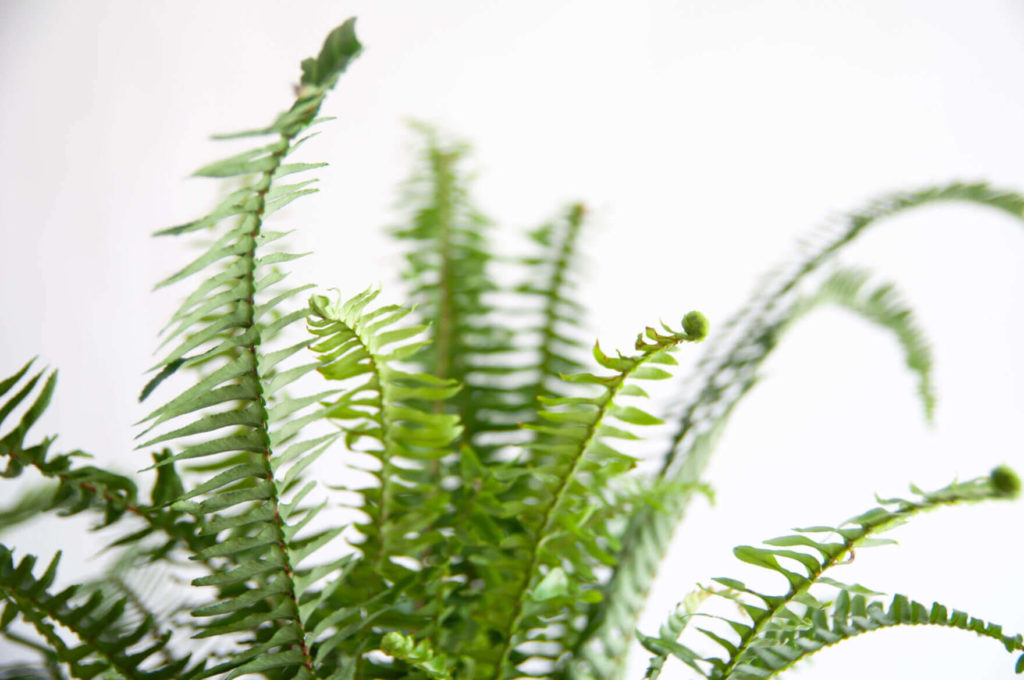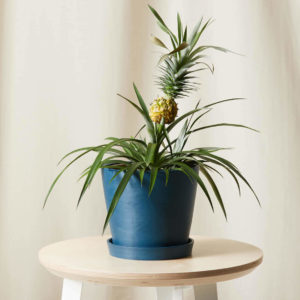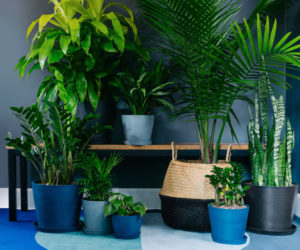It’s not just you who is excited about warmer weather. Have your plants started to grow like wild now that it’s getting warmer?
Most houseplants experience a slow growth rate during winter. They wake up from winter dormancy in spring and summer and take advantage of the extra sunlight and humidity to grow again.
Are you able to identify new growth? Sometimes new growth can be mistaken for a dying leaf, or a plant in trouble. However, the reverse is true. Are you able to spot the new growth in these photos?
Here are some tips to spot new growth
Depending on what type of plant you have, new growth can look different.
- New growth is often seen at the ends of stems when vines or branching plants such as Ficus, Philodendrons or Pothos emerge.
For basal-growing plants such as Sansevieria and ZZ Plant, new foliage emerges near the soil. It can be in the middle of existing leaves, or near the base.
New leaves are formed from the centers of existing leaves on palm- or cane-type plants such as Dracaena. Palm fronds can look like spears when they are first formed into full fronds.
Sometimes, new growth takes several weeks to develop fully and may take longer to mature. Some unique characteristics can be found in newly developed or mature leaves that are not completely normal.
- This color is usually lighter than the existing leaves
- Even on plants with dull or fuzzy leaves, shiny new leaves can be seen.
- The development of leaves starts small but grows in size over time
- Older leaves tend to be more texture and thinned than new leaves
Are you still not seeing any new growth in your plants? Don’t fret! Don’t worry! Although plants grow naturally, they may appreciate some fertilizer. Fertilizing is best done in the warmer months. Not sure how? The Grow-How Team has some great tips for fertilizing your plants. They’ll grow quickly!







